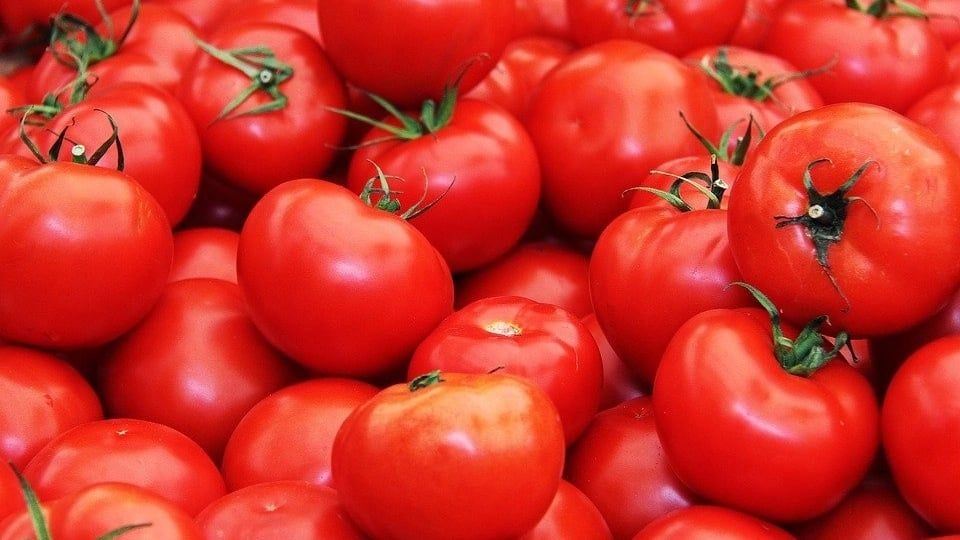
The tomato retail prices witnessed a fall of over 22 per cent in a month due to better supply, the Department of Consumer Affairs said in a release on Sunday. The all-India average retail price as of November 14, 2024, was Rs 52.35 per kg, which is 22.4 per cent lower than Rs 67.50 per kg on October 14, 2024.
Modal Prices Dip By 50 Per Cent
During the same period, the modal prices at Azadpur mandi declined by almost 50 per cent, from Rs 5,883 per quintal to Rs 2,969 per quintal with the increase in tomato arrivals.
Similar decline in mandi prices are reported from benchmark markets such as Pimpalgaon, Madanapalle and Kolar.
The total annual production of tomatoes, as per the third advance estimate of the Department of Agriculture, is 213.20 lakh tonnes in 2023–24, a 4 per cent increase over 204.25 lakh tonnes in 2022–23. Even though tomatoes is produced throughout the year, there is seasonality in the producing areas and the quantum of production.
Price of #Tomato has fallen over 22% in a month due to better supply. The all-India average retail prices as on 14th Nov as ₹52.35 per kg which is 22.4% lower than ₹67.50 per kg on 14th October.#TomatoPrice pic.twitter.com/VPCxvVYQCX
— All India Radio News (@airnewsalerts) November 17, 2024
Adverse weather conditions and slight logistics disruptions have a significant impact on prices due to the high susceptibility of the tomato crop and the high perishability of the fruit, said the release.
The surge in tomato prices during October 2024 was on account of excessive and prolonged rains in Andhra Pradesh and Karnataka, the release added.
The general seasonality in tomato production across various regions of India showed that October and November are the main sowing periods in major producing states.

Seasonal Arrivals Bring Prices Down
Continuous availability of tomatoes in the market, however, is ensured because of the short duration for cultivation of the crop and multiple pickings of the fruits.
Even though the arrivals have subsided at major tomato centres in Madanappale and Kolar, prices have come down on account of seasonal arrivals from pockets in states like Maharashtra, Madhya Pradesh and Gujarat that have been filling the gaps in supply across the nation.
As of date, the weather has also been favourable for the crop and also for maintaining a good flow across the supply chain from the fields to the consumers.
(Except for the headline, this article has not been edited by FPJ's editorial team and is auto-generated from an agency feed.)